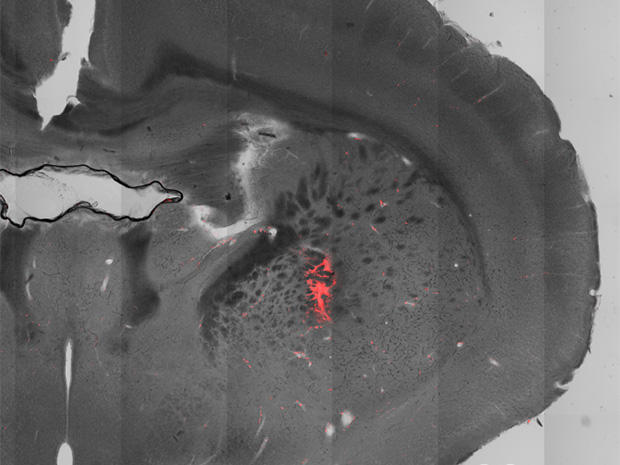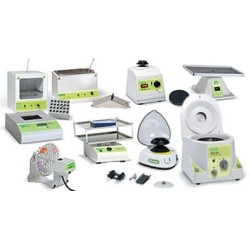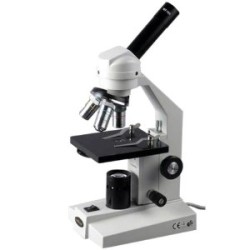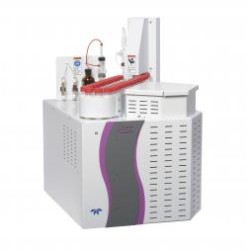Magnetothermal Genetics: A Fourth Tool in the Brain-Hacking Toolbox

A scientist wanting to hack into an animal’s brain used to have three different tools to choose from: electric current, drugs, and light. Now there’s a fourth: magnetic fields. In a paper published last week in the open-access journal eLife, scientists at the University at Buffalo used magneto-thermal genetics to manipulate brain cells in mice, enabling the researchers to control the animal’s behavior.
Magneto-thermal genetics has been previously shown to activate neurons in anesthetized rodent brains, but this is the first time anyone has reported using the tool to manipulate animal behavior, says Arnd Pralle, the University at Buffalo biophysicist who led the research.
Brain hacking tools help scientists better understand the wiring of the brain—the arrangement of neural circuits and which ones control different movements and behaviors. These tools could someday lead to the development of artificial human eyes and ears, or treatments for paralysis, traumatic brain injury, and diseases such as Parkinson’s and depression.
Over the past few years, major funding agencies have encouraged scientists and bioengineers to focus their work on the body’s internal wiring. The U.S. National Institutes of Health (NIH) and DARPA have been doling out grants for work on both the peripheral and central nervous systems.
Engineers play a key role in the research. The body’s nervous systems communicate, after all, in a language of electrical signals. Researchers must not only map those signals, but also figure out how to interface with them, and override them when they malfunction.
Magnetic fields can do the job (following some complicated, multi-step bioengineering). In Pralle’s experiments, he and his team injected a virus containing a gene and some helper genetic elements into the brains of mice. This genetic material gets incorporated into the DNA of the mouse’s brain cells, or neurons. The foreign gene makes the neurons heat sensitive. Next, they injected magnetic nanoparticles into a specific region of the mouse brain that latch onto the neurons in that region. They then applied alternating magnetic fields, which cause the nanoparticles to heat up a couple of degrees. The rise in temperature triggers the heat-sensitive neurons to open ion channels. Positively-charged ions flow into the neuron, causing it to fire.
Pralle demonstrated proof of the concept in 2010, and others, such as Polina Anikeeva, a professor of materials science and engineering at MIT, have since improved upon it. Those studies confirmed that the technique could indeed activate neurons in the rodent brain.
In the new study, Pralle and his team show how magneto-thermal genetics can manipulate behavior in mice that are awake and freely moving. In their experiments, they activated regions of the brain that made the mice run faster around the perimeter of their cages, spin in circles, and, eerily, freeze the motion of all four paws.
For more details: - http://spectrum.ieee.org/the-human-os/biomedical/devices/a-fourth-tool-in-the-brain-hacking-toolbox





























